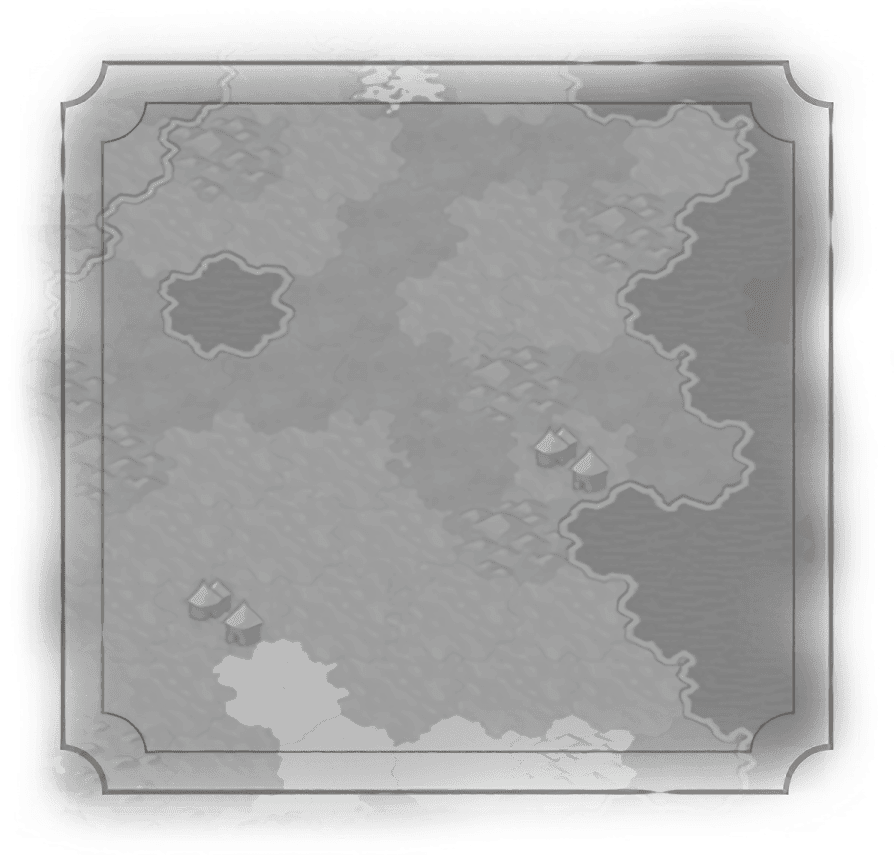Comandante General
Great Admiral
Artemisia
Chester Nimitz
Ching Shih
Clancy Fernando
Ferdinand Magellan
Francis Drake
Franz von Hipper
Gaius Duilius
Grace Hopper
Hanno the Navigator
Himerios
Horatio Nelson
Joaquim Marques Lisboa
Laskarina Bouboulina
Leif Erikson
Matthew Perry
Rajendra Chola
Santa Cruz
Sergei Gorshkov
Themistocles
Togo Heihachiro
Yi Sun-sin
Zheng He
Great Artist
Great Engineer
Great General
Great Merchant
Great Musician
Great Prophet
Great Scientist
Great Writer


By the 1560s, Drake was given command of the 'Judith,' and at the head of a small fleet with John Hawkins, worked as slave traders. They then sailed for New Spain to sell their captives, but ran afoul of the Spanish viceroy. In a running battle Drake escaped. In 1572, based on this exploit, Drake was given a privateer’s commission by Elizabeth, and set off to plunder the Caribbean. So successful was he that the queen dispatched him to raid the Pacific coastline. After internal strife and a great storm scattered Drake’s little fleet, rather than face the enraged Spanish in the Atlantic, he set out with the 'Golden Hind' to sail back to England across the Pacific. In 1580 Drake reached Plymouth with a shipload of treasure; Elizabeth knighted him in 1581.
Sir Francis Drake continued to “singe the King of Spain’s beard” (as Francis Bacon put it), seemingly with impunity. Thus, as the Spanish Armada gathered, it was inevitable that Drake would be appointed a vice-admiral of the English navy set to fight it. In a series of running battles, the Armada was shattered and the pirate made into a folk hero. He died of dysentery while on an expedition to raid Panama in 1596.
Retire (1 charge)
Gain 75  Gold (on Standard speed). Military units get +50% rewards for plundering sea
Gold (on Standard speed). Military units get +50% rewards for plundering sea  Trade Routes.
Trade Routes.
Passive Effect
+5  Combat Strength and +1
Combat Strength and +1  Movement to Renaissance and Industrial era naval units within 2 tiles.
Movement to Renaissance and Industrial era naval units within 2 tiles.

Traits

By the 1560s, Drake was given command of the 'Judith,' and at the head of a small fleet with John Hawkins, worked as slave traders. They then sailed for New Spain to sell their captives, but ran afoul of the Spanish viceroy. In a running battle Drake escaped. In 1572, based on this exploit, Drake was given a privateer’s commission by Elizabeth, and set off to plunder the Caribbean. So successful was he that the queen dispatched him to raid the Pacific coastline. After internal strife and a great storm scattered Drake’s little fleet, rather than face the enraged Spanish in the Atlantic, he set out with the 'Golden Hind' to sail back to England across the Pacific. In 1580 Drake reached Plymouth with a shipload of treasure; Elizabeth knighted him in 1581.
Sir Francis Drake continued to “singe the King of Spain’s beard” (as Francis Bacon put it), seemingly with impunity. Thus, as the Spanish Armada gathered, it was inevitable that Drake would be appointed a vice-admiral of the English navy set to fight it. In a series of running battles, the Armada was shattered and the pirate made into a folk hero. He died of dysentery while on an expedition to raid Panama in 1596.
Traits
Retire (1 charge)
Gain 75  Gold (on Standard speed). Military units get +50% rewards for plundering sea
Gold (on Standard speed). Military units get +50% rewards for plundering sea  Trade Routes.
Trade Routes.
Passive Effect
+5  Combat Strength and +1
Combat Strength and +1  Movement to Renaissance and Industrial era naval units within 2 tiles.
Movement to Renaissance and Industrial era naval units within 2 tiles.



